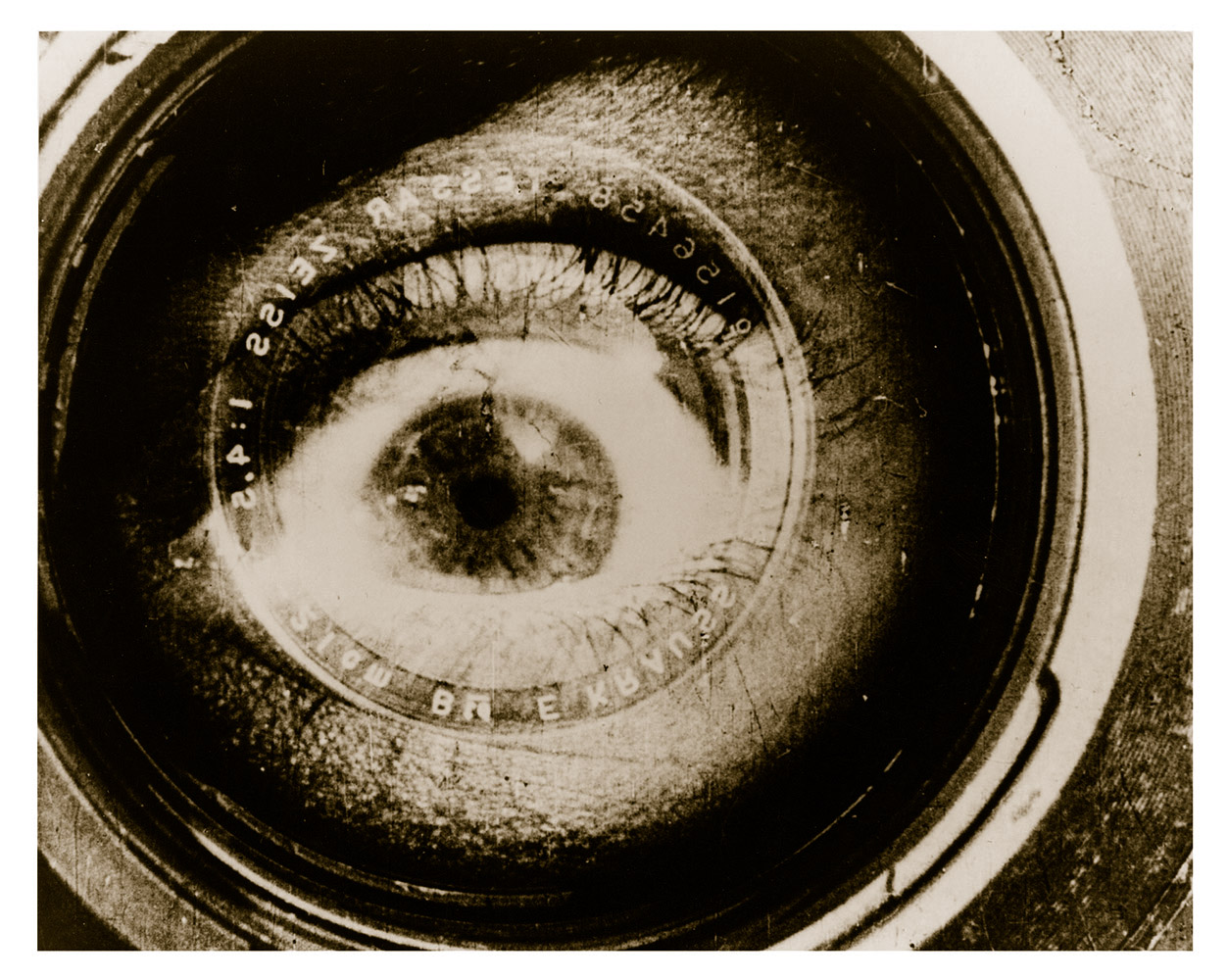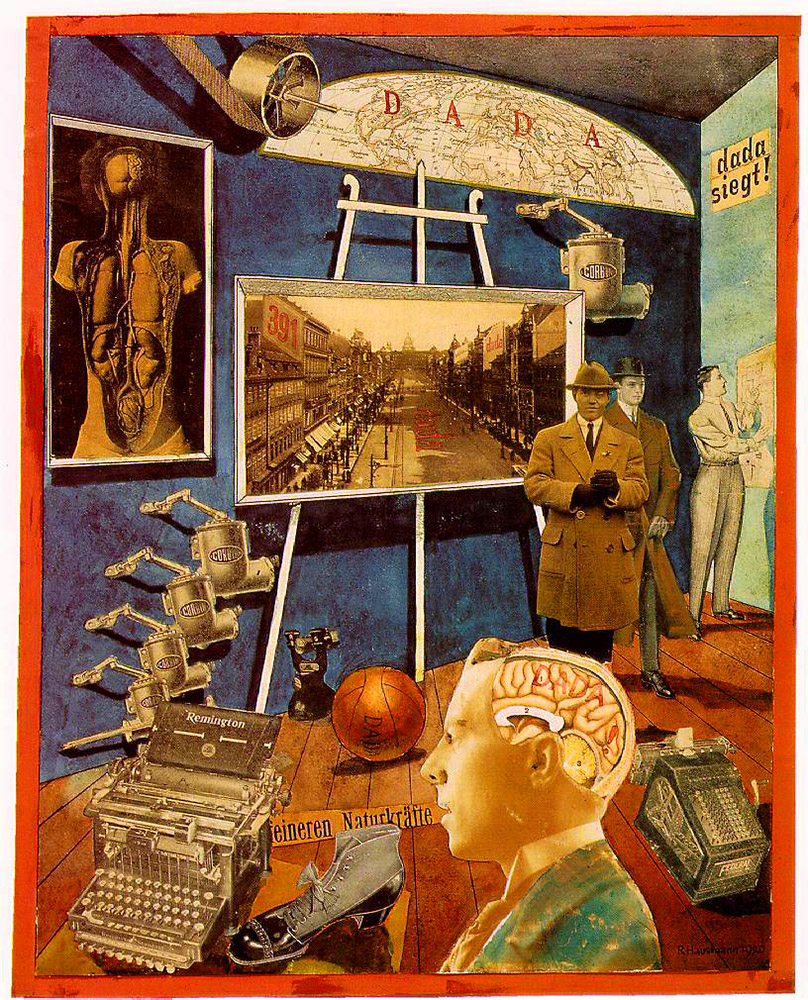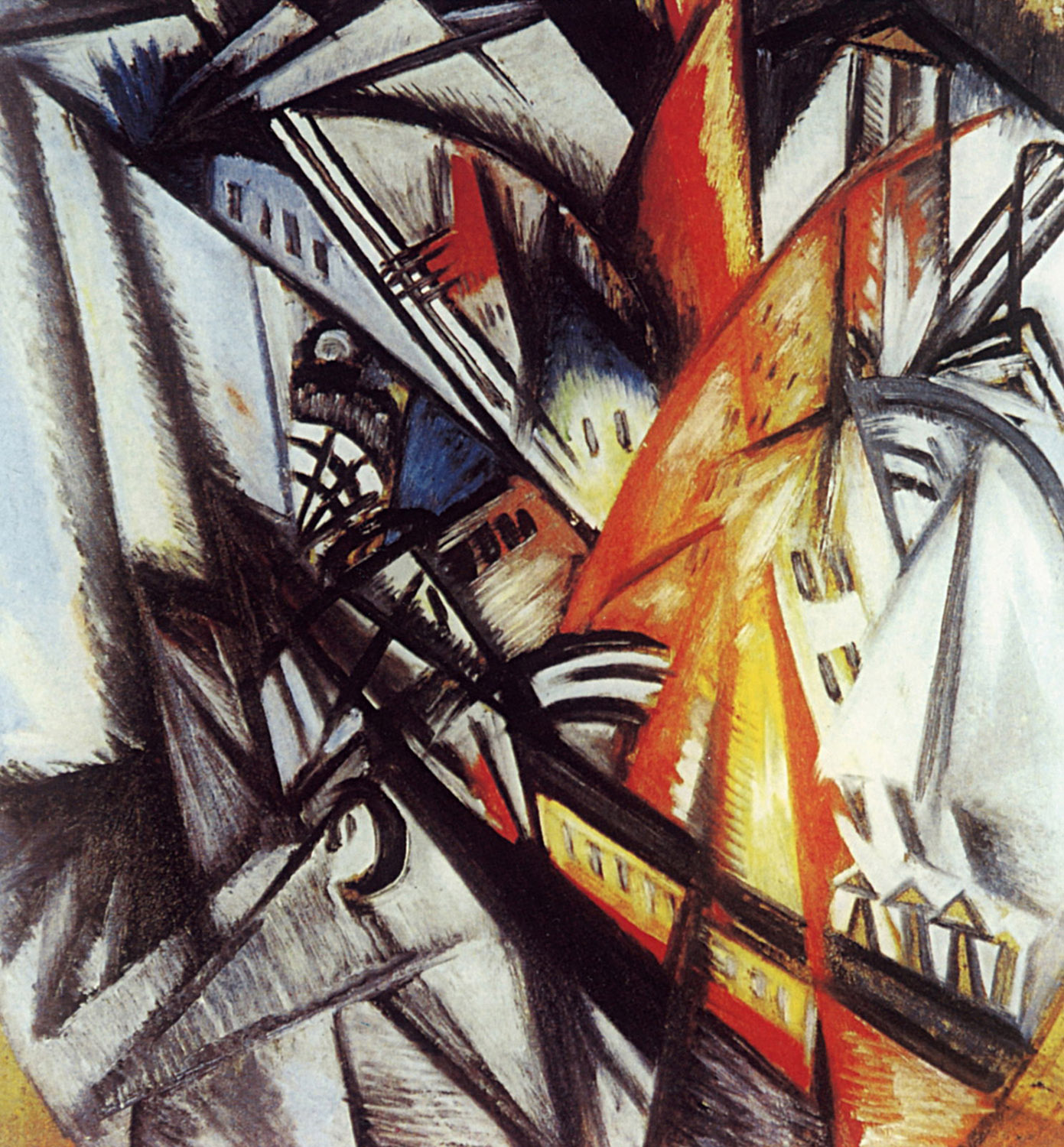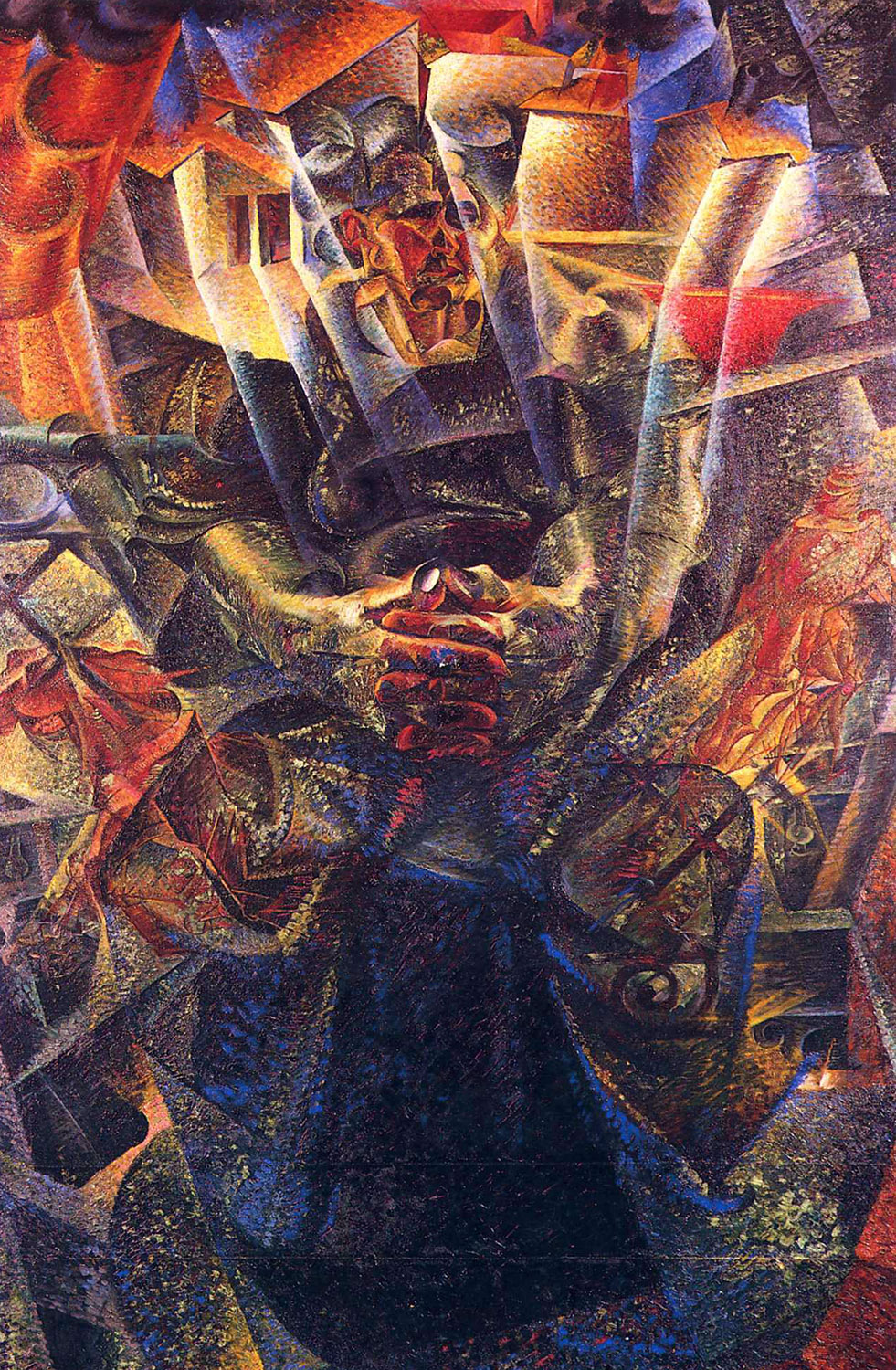A Roma, nel Teatro Costanzi affollatissimo, mentre coi miei amici futuristi Marinetti, Boccioni, Carrà, Balla, Soffici, Papini, Cavacchioli, ascoltavo l’esecuzione orchestrale della tua travolgente Musica futurista.mi apparve alla mente una nuova arte che tu solo puoi creare: l’Arte dei Rumori, logica conseguenza delle tue meravigliose innovazioni. La vita antica fu tutta silenzio. Nel diciannovesirno secolo, coll’invenzione delle macchine, nacque il Rumore. Oggi, il Rumore trionfa e domina sovrano sulla sensibilità degli uomini. Per molti secoli la vita si svolse in silenzio, o, per lo più, in sordina. I rumori più forti che interrompevano questo silenzio non erano nè intensi, né prolungati, né variati. Poiché, se trascuriamo gli eccezionali movimenti tellurici, gli uragani, le tempeste, le valanghe e le cascate, la natura e silenziosa.
In questa scarsità di rumori, i primi suoni che l’uomo poté trarre da una canna forata o da una corda tesa, stupirono come cose nuove e mirabili. Il suono fu dai popoli primitivi attribuito agli dèi, considerato come sacro e riservato ai sacerdoti, che se ne servirono per arricchire di mistero i loro riti. Nacque così la concezione del suono come cosa a sé, diversa e indipendente dalla vita, e ne risultò la musica, mondo fantastico sovrapposto al reale, mondo inviolabile e sacro. Si comprende facilmente come una simile concezione della musica dovesse necessariamente rallentarne il progresso, a paragone delle altre arti. I Greci stessi, con la loro teoria musicale matematicamente sistemata da Pitagora, e in base alla quale era ammesso soltanto l’uso di pochi intervalli consonanti, hanno molto limitato il campo della musica, rendendo così impossibile l’armonia, che ignoravano.
Il Medio Evo, con gli sviluppi e le modificazioni del sistema greco del tetracordo, col canto gregoriano e coi canti popolari, arricchì l’arte musicale, ma continuò a considerare il suono nel suo svolgersi nel tempo, concezione ristretta che durò per parecchi secoli e che ritroviamo ancora nelle più complicate polifonie dei contrappuntisti fiamminghi. Non esisteva l’accordo; lo sviluppo delle parti diverse non era subordinato all’accordo che queste parti potevano produrre nel loro insieme; la concezione, infine, di queste parti era orizzontale, non verticale. Il desiderio, la ricerca e il gusto per l’unione simultanea dei diversi suoni, cioè per l’accordo (suono complesso) si manifestarono gradatamente, passando dall’accordo perfetto assonante e con poche dissonanze di passaggio alle complicate e persistenti dissonanze che caratterizzano la musica contemporanea. L’arte musicale ricercò ed ottenne dapprima la purezza, la limpidezza e la dolcezza del suono, indi amalgamò suoni diversi, preoccupandosi però di accarezzare l’orecchio con soavi armonie. Oggi l’arte musicale, complicandosi sempre più, ricerca gli amalgami di suoni più dissonanti, più strani e più aspri per l’oreccbio. Ci avviciniamo così sempre più al suono-rumore.
Continue reading “L’arte dei rumori, the logical consequence of your marvelous innovations”








